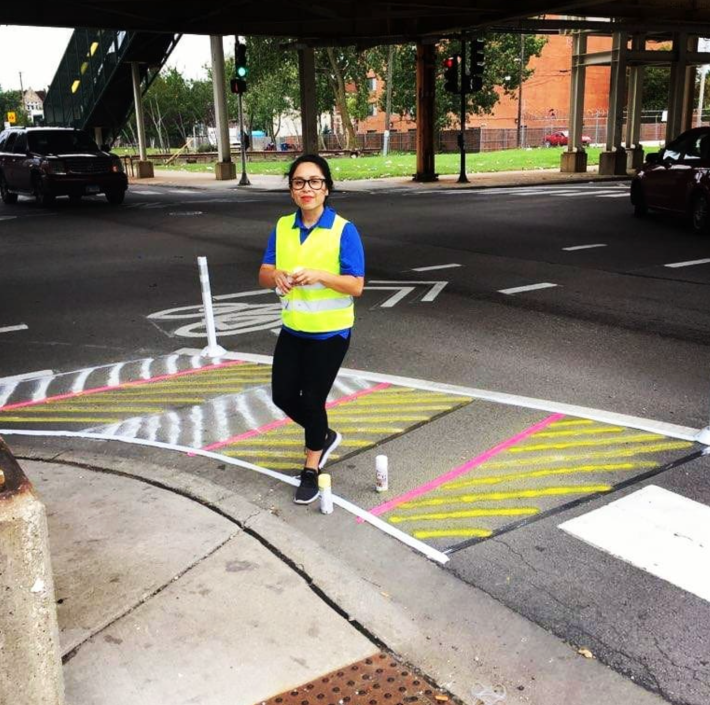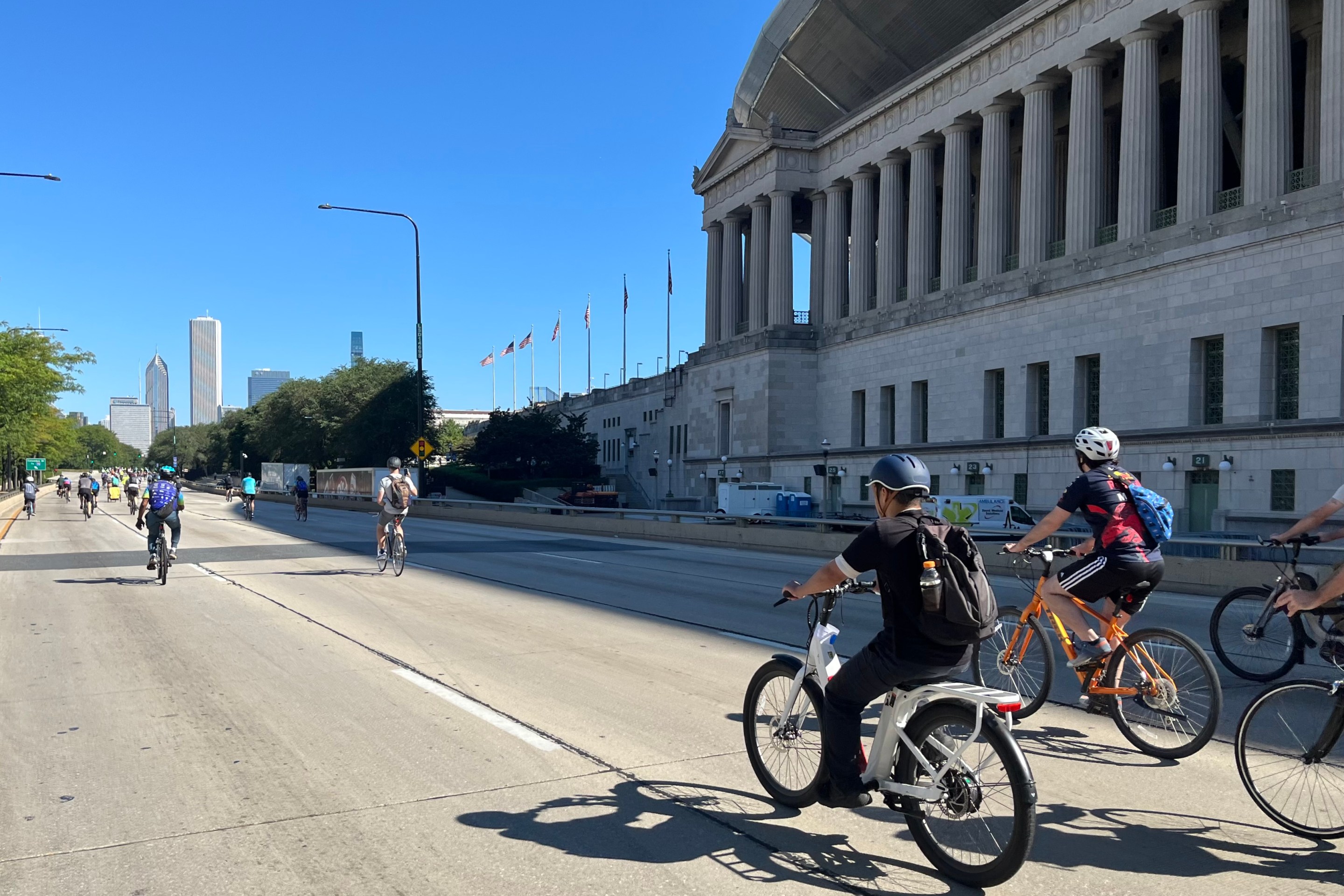
In 2009, Vancouver converted a southbound car lane on the west side of the Burrard Bridge to a protected bikeway using concrete dividers, freeing up the sidewalk for pedestrians. On the east side, the city converted the existing sidewalk into a bike path.

The three-month experiment defied predictions of carmageddon and became a permanent fixture. Thanks to the protected lane and an overhaul of the intersection on one end of the span in 2013, the Burrard Bridge has become "the city’s most popular bike route," according to Metro.
According to the city, the bridge handled about 300,000 bike trips per month between September and November last year.
Now, six years after the first change, Vancouver is looking to remove another car lane to open up room for a walking path on the east side, and to redesign the intersection at the other foot of the bridge to reduce conflicts between drivers, cyclists, and pedestrians. The main part of the span would have four car lanes and dedicated paths for walking and biking in each direction, compared to six car lanes and narrow, mixed-use paths before the 2009 redesign.
Burrard is one of three key bridges into downtown Vancouver, which is situated on a peninsula. Built in 1933, it is scheduled for structural repairs and maintenance in 2016 and 2017. In addition to repurposing space from driving to walking in the center of the span, the city's plan calls for turn lanes on the east side that will widen the structure.
Vancouver presented the new plans for the bridge at a public meeting yesterday. Here's a look at the intersection redesign proposed for the north end of the bridge:







